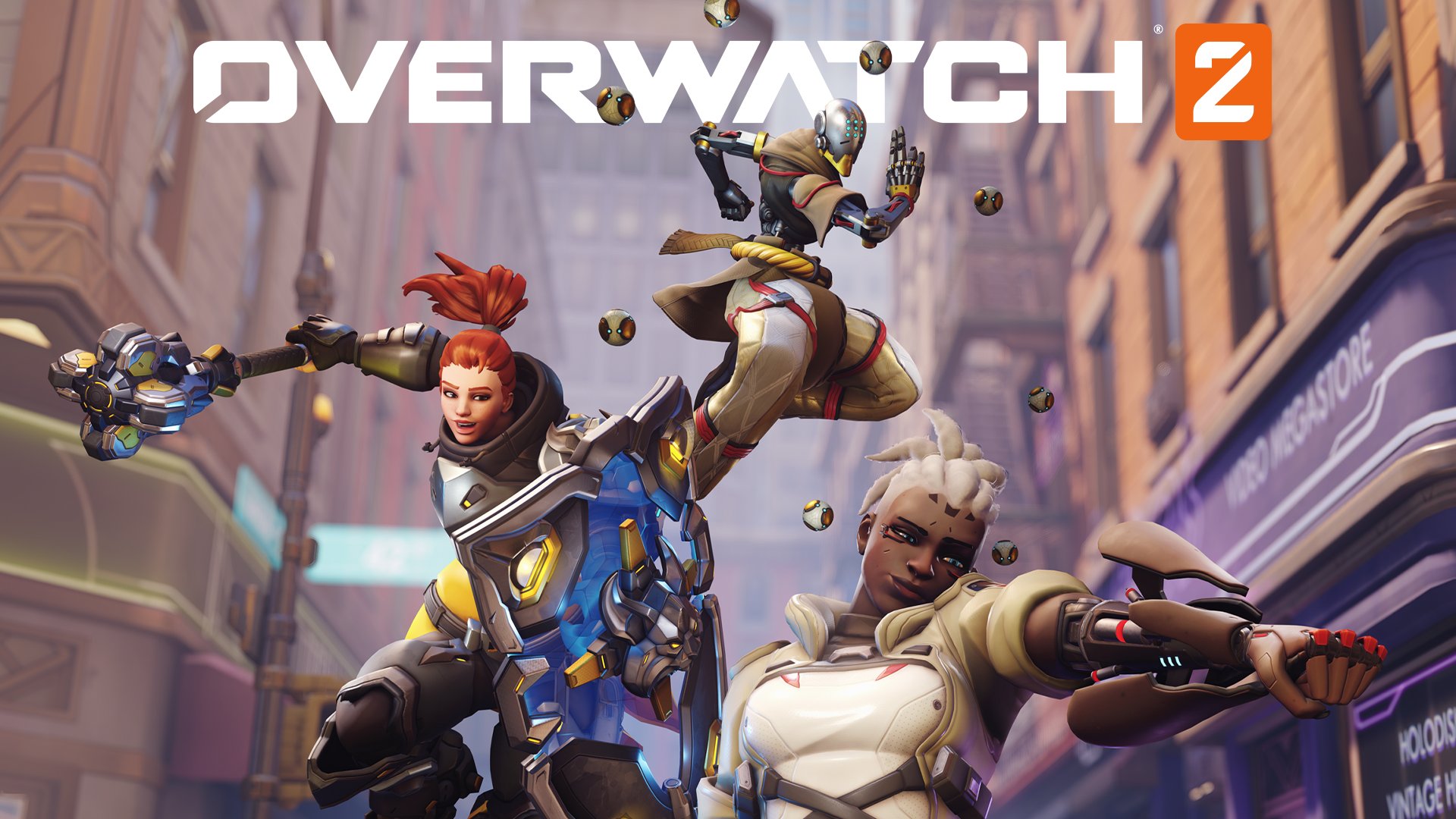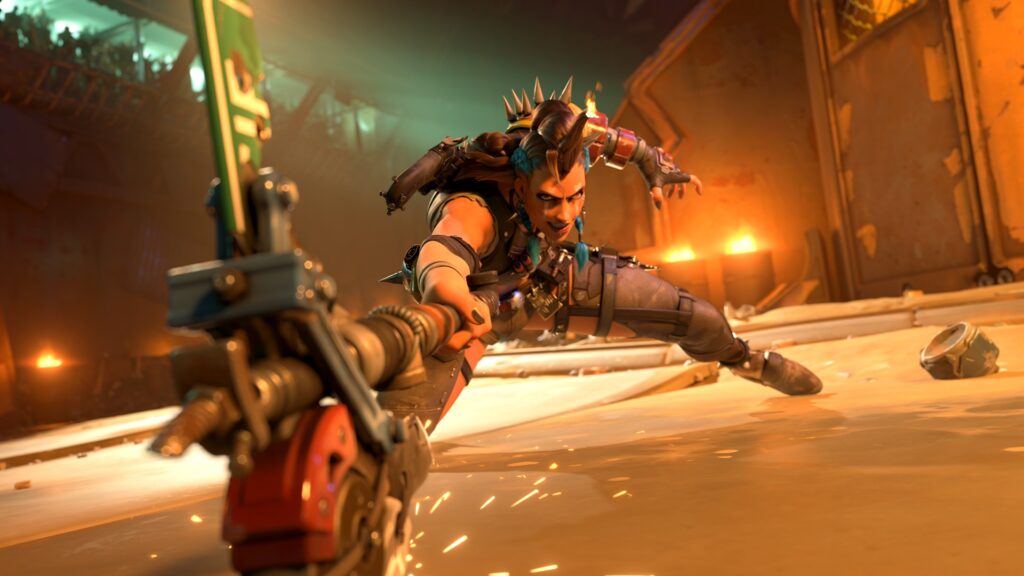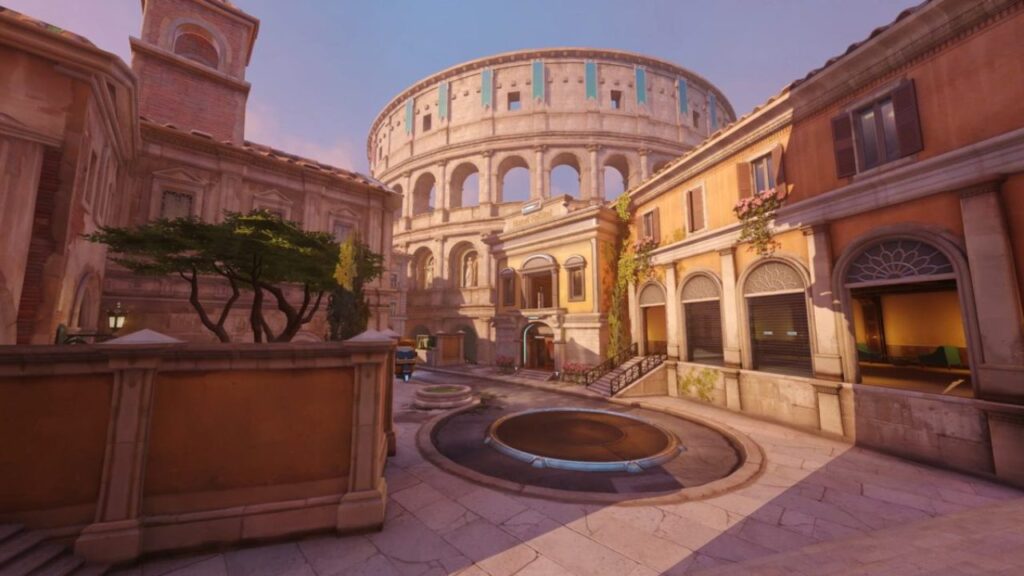Title – Overwatch 2
Platforms – PS5, PS4, Xbox Series X/S, Xbox One, PC and Nintendo Switch
Release Date – October 7th, 2022
Developer – Blizzard Entertainment
Publisher – Blizzard Entertainment
MSRP – Free-to-Play
ESRB – T for Teen
Disclaimer – This product is being reviewed on PC. A review copy was provided by the Gaming Instincts Staff f0r the purpose of this review. This review may also contain spoilers for certain gameplay and story elements. Watch at your own risk, you have been warned. Gaming Instincts is an Amazon Affiliate and does gain financial benefits if you choose to purchase this product on this page.
Overwatch fans were waiting four painful years to finally see and experience Overwatch 2. For those who don’t know, Overwatch was originally released in May 2016, and it was the first new IP ever for Blizzard Entertainment. The franchise brought a new universe to the gaming world with interesting characters, fun lore to explore, and, most importantly, a ton of competitive fun with its 6v6 team-based gameplay.Fast forward to Blizzcon 2019, when Overwatch 2 was revealed and promised to have full PvE-dedicated content alongside changes to its original PvP format. The sequel would also bring new maps, modes, and, of course, playable heroes with new tricks up their sleeves. We’ve been playing Overwatch 2 quite extensively for the last few days and as someone who spent countless hours playing competitive ranked in the original game, I have quite a bit to talk about here. The main question is – is this a true sequel, or is it more of a major update? Let’s find out. Welcome to our review of Overwatch 2.
What is Overwatch?
Before we go into the deeper details and main differences between Overwatch 2 and the original game, I’d like to introduce what it’s all about. Overwatch 2 is free-to-play and has no barrier to entry. It is strictly a multiplayer-based PvP game with over 30 playable heroes. The heroes are divided into roles, including Tank, DPS, and Support. Tanks usually have some sort of a shield and a ton of health. Their role is to protect the team and lead the charge to the objective. DPS does a majority of the damage and the killing, while the Support buffs your team heals, and debuffs the opposing team.
The game is simple to understand, but it’s extremely hard to master. A lot of heroes are easy to grasp but can take a ton of practice and time to get good at. The best thing to do is jump into Quick Play which is a non-ranked mode and try out a variety of heroes to see which one fits your playstyle. Some of my favorite heroes, for example, are Roadhog and Reaper. Roadhog is classified as a tank that is also able to dish out a decent amount of damage, hook, and pull enemies out of position and kill them. He is also able to heal himself by drinking his flask. The majority of the hero’s abilities are on some sort of cooldown or charge. By dealing damage and using abilities, the player also gains a charge for their ultimate ability, which is best used when timed perfectly during big team fights and certain situations.
Reaper on the other hand is a dual-wield shotgun damage dealer who’s very good at doing a ton of damage to targets with high health pools and flanking the enemy team. His particularly good at sneaking up on the backline by teleporting behind and shooting them in the back at point-blank range. His ultimate is very useful when you jump down from a higher elevation on an unsuspecting enemy team. It does massive area-of-effect damage which is very good at securing team objectives.
Then there are support characters like Mercy who can glide around and heal people directly with her staff or buff your teammate’s damage instead. Mercy is a movement-heavy type of hero, you have to learn when to jump in to heal and when to retreat because if the enemy team is smart you will always be the #1 target. Meanwhile, Ana who’s another support hero can heal her allies by shooting them with a sniper. Shooting enemies with your sniper will deal damage instead, you can also use your sleep dart to crowd control dangerous enemies and throw healing grenades to either heal yourself or a group of your teammates.
These are just a few prime examples of how the heroes operate and what kind of gameplay you can expect. There are a variety of different types of objectives that your team has to accomplish. The objectives are also tied to specific maps – for example in King’s Row one team has to secure the payload and push it to the other end of the map, while the defending team has to defend themselves from the Payload being pushed all the way.
In another map such as Illios – you have to fight for control points, whoever secures the most control points on the maps will win that round. You have to win the best of three to secure the victory. The objectives and rules are very simple, however, there is a strategy on how you are going to fight against the enemy team and take control of the matches.
Overwatch 2 also includes a variety of vanity modes such as Mayhem where your abilities regenerate faster, you have double the health and just have fun with your heroes. It’s a silly mode, but it’s quite entertaining. Deathmatch is also included, where you can play whatever hero you wish and switch at any time. While the game wasn’t balanced around such modes, it does give the player a bit more variety and something to fool around with when they just want to chill and be stress-free.
Now that you know what Overwatch is, it’s time to talk about the main differences between the original game and the so-called “sequel”.
Is this Really Overwatch 2?
The key differences between Overwatch 1 and Overwatch 2 are mostly major changes, such as the switch from the 6v6 team play that was in the original game to a 5v5. Back in the good old days, your team would consist of 2 tanks, 2 healers, and 2 DPS, but Blizzard has decided to shake up the formula and take it down to a 5v5 that would only consist of 1 tank this time around, 2 healers and 2 DPS. While this may not seem like a big deal, it has dramatically changed how the game is being played now. It’s a lot faster and matches end quicker. Also, having to rely on a single tank puts a lot more pressure on them now than ever before as they are leading the charge every game. Whether you think the 5v5 is better or worse is completely subjective.
For me personally, it’s very hard to say, I haven’t really had enough time to fully decide. But I do like the quicker matches and decrease in stalemates. It’s also nice to have a switch-up when it comes to the overall strategy and team compositions. Other players might prefer the old way of playing, but as I said before it’s subjective. Another new addition to the game is the new Push mode and the three additional heroes including Junker, Queen, Kiriko, and Sojourn.
Junker Queen is the latest new tank that has a dagger that is thrown and then called back to her. If it sticks to the enemy, it does damage and also pulls the enemy towards her. She can also do a commanding shout that increases movement speed and grant additional health to her allies. Her other ability is called Carnage, where she swings her melee weapon dealing a lot of damage to the targets in front of her. Her ultimate has her charge through enemies and prevents them from healing for a limited time while dealing bleeding damage.
Sojourn is the new DPS hero that uses a railgun that shoots enemies like an assault rifle and also an alternate that fires a single shot for a ton of damage. She can also slide on the ground for extra speed and then reach higher elevations for both engagement and escape. Her grenade ability also pulls enemies in, slows them, and does damage when they are close to it. Then there is Overlock, her ultimate that lets Sojourn repeatedly use the charged shots to deal massive damage in a small amount of time.
Last but not least is the new healer hero Kiriko, who heals her allies by throwing homing cards. She can throw kunai to damage her enemies, teleport to allies when they are in dire need, and even get rid of the debuffs of her teammates. Similar to Hanzo and Genji she can wall climb as well. And then her ultimate Kitsune Rush sends a fox in front of her that boosts her team’s cooldown speed, movement speed, and attack speed.
Then there is also the addition of Push maps, which is a new team objective that was not in the original game. In Push maps, both teams must fight for the control of a robot. When your team has control of the robot he pushes forward to the enemy base. It’s similar to your regular payload maps, but different enough. The maps are symmetrical as opposed to the Payload maps which just go from one part of the map to another. In Payload maps, you have to secure the Payload first and then you can move it. In push, your team just needs to be next to the robot for him to move forward. If both teams are alive and well and are next to the robot, then the robot doesn’t move anywhere unless one or the other team is eliminated. Overall, it’s a nice addition to Overwatch and quite fun to play, the maps are also well-designed.
One last addition is the Battle Pass and the fact that Overwatch 2 is a free-to-play game compared to the $40 entry for Overwatch 2. If you’ve played any free to play games such as Fortnite, Apex Legends, or the recently released Rumbleverse and Multiversus, then you know what to expect out of the battle pass. You can purchase the premium version of the Battle Pass to gain a variety of cosmetics such as legendary and mythical skins, emotes, sprays and even voice lines. If you are a first-time Overwatch player, then you won’t have access to Kiriko unless you buy the Battle Pass. However, if you play enough matches and complete quite a bit of daily, weekly and seasonal challenges and get to tier 55 then you can unlock her for free.
I am not really a big fan of locking heroes behind paywalls for early access. While the hero is available for “free” it will take some time and effort to unlock them for people who do not wish to spend any money. I think that developers and publishers should grant access to new content free of charge. If the game is fun and people enjoy it then they will purchase the premium Battle Pass for the cosmetics. But then again, you can argue that the hero is still technically free if you put enough time into the game. This is a hot topic, but if you ask me I think any sort of player power should not be locked behind anything period whether you can unlock it for free later on or not. Just let people enjoy the content.
Last but not least, the big deal about Overwatch 2 originally was the addition of dedicated cooperative story missions. This is something that players have been asking for a very long time. The lore of Overwatch is quite deep and interesting and people wanted true PvE content that would keep the game varied from its PvP counterpart. Sadly, Blizzard wasn’t able to deliver on the promise of the PvE missions, and that whole feature along with the PvE talent trees will not be in the game until next year. So instead, they have decided to release the product earlier for the fans. Whether Blizzard made the right decision or not is a whole other topic that won’t be discussed here, as this is simply a review of the currently released product that is now available for free.
Overall – I think that Overwatch 2 is not that much different from the original game and I really would not call this a true sequel as it’s missing its other core feature, the PvE mode. That was a vital part of the original marketing for the sequel and it’s currently not here. To be 100% truthful and transparent here, this is more like an Overwatch 1.5 and is nothing more but a giant update that simply acts as a big transition for the game. The real Overwatch 2 will come out in 2023. With that being said, if you just want more Overwatch, new heroes to play with, and a new game mode then feel free to invest some time in it. The game is fun, the new heroes are good, the new maps and Push objectives are enjoyable and the game runs well without any technical issues as far as sounds and visuals go.
Stay tuned at Gaming Instincts via TikTok, Twitter, YouTube, Instagram, and Facebook for more gaming news.






